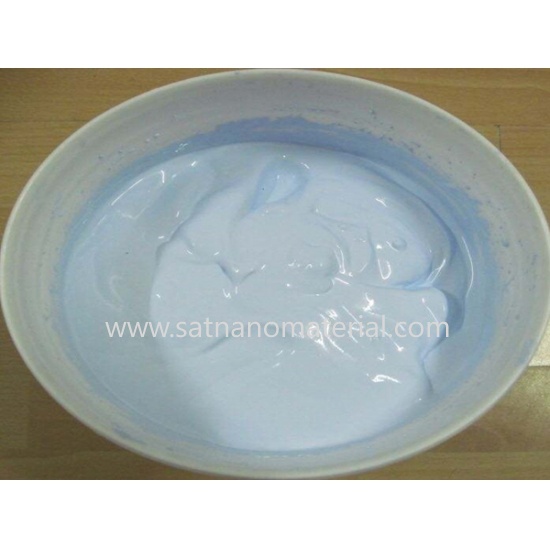What is the role of electrolytes in colloidal coagulation
2025-11-14
In the world of Dispersion and Colloidal science, understanding stability is paramount. A key process affecting this stability is coagulation, often influenced by electrolytes. At SAT NANO, we leverage this fundamental principle to engineer advanced materials with precise properties. This article delves into the science of how electrolytes cause colloidal coagulation and how our products are designed for superior performance.
Electrolytes are substances that dissociate into ions in a solution. When added to a stable colloidal system, these ions neutralize the charge on the colloidal particles. Most colloids are stable due to electrostatic repulsion between similarly charged particles. Electrolytes disrupt this balance.
-
Charge Neutralization: Ions with a charge opposite to the colloidal particles (counter-ions) are attracted to the particle surface.
-
Compression of the Double Layer: The electrolyte compresses the electrical double layer surrounding each particle, reducing the repulsive forces.
-
Aggregation: With reduced repulsion, the van der Waals forces of attraction take over, causing particles to aggregate and precipitate out of the dispersion.
SAT NANO Product Parameters for Controlled Coagulation
Our SAT NANO range includes coagulants and stabilizers designed for precise control. Key parameters for our flagship Coagulant Assistants include:
| Parameter | Specification | Importance |
|---|---|---|
| Ionic Strength | Adjustable from 0.01M to 1.0M | Allows fine-tuning of coagulation rate for different systems. |
| Primary Ion Valency | Divalent (Ca²⁺, Mg²⁺) or Trivalent (Al³⁺) | Higher valency ions follow the Hardy-Schulze rule, causing faster coagulation. |
| Purity Level | >99.5% | Ensures predictable results without interference from impurities. |
| Particle Size (Post-Coagulation) | Controllable from 1-100 µm | Allows creation of aggregates for specific separation processes. |
Key features of our products are:
-
High Efficiency: Requires low dosage for effective destabilization.
-
Rapid Reaction Time: Achieves desired coagulation within minutes.
-
Non-Toxic Formulations: Environmentally friendly and safe for various applications.
Dispersion and Colloidal FAQ
What is the main difference between coagulation and peptization?
Coagulation is the process of colloidal particles clumping together to form precipitates, often induced by electrolytes. Peptization is the reverse process, where a coagulated colloid is converted back into a stable colloidal sol by adding a peptizing agent.
Why do trivalent ions like Al³⁺ cause faster coagulation than monovalent ions like Na⁺?
This is explained by the Hardy-Schulze rule. The coagulation power of an ion is primarily determined by its valency. A trivalent ion is far more effective at neutralizing the charge on a colloidal particle than a monovalent ion, leading to much more rapid aggregation.
How can colloidal stability be maintained against electrolytes?
Stability can be enhanced by using protective agents or stabilizers. SAT NANO offers a range of dispersants that create a steric hindrance around particles, physically preventing them from coming close enough to coagulate, even in the presence of low to moderate electrolyte concentrations.
For professionals who require exacting control over their Dispersion and Colloidal processes, understanding electrolyte interactions is non-negotiable. SAT NANO provides the high-purity materials and technical expertise to help you master these reactions. Our product parameters are meticulously designed for reliability and repeatability in your applications.
Contact us today to discuss your specific formulation challenges and discover how our SAT NANO solutions can optimize your results.
